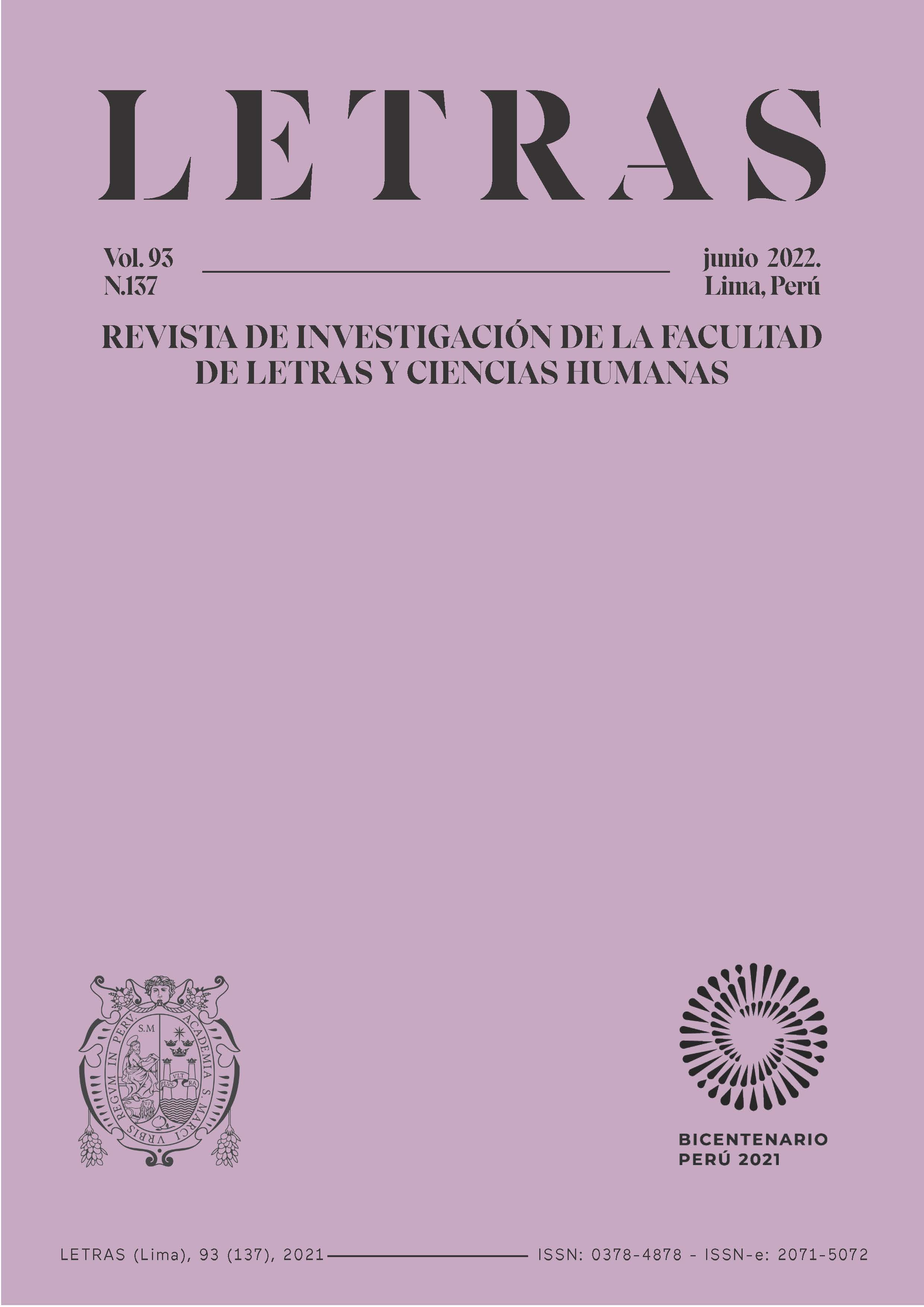Acquisition of Ancashian Quechua Consonantal Features in Bilingual Children Aged 2, 4 and 5 Years: Systematic Phonological Processes
DOI:
https://doi.org/10.30920/letras.93.137.8Keywords:
Language acquisition, Phonological processes, Bilingual children, Consonants, Ancashian QuechuaAbstract
The present study deals with how the productions of bilingual children Ancashino Quechua-Andean Spanish of 2, 4 and 5 years old, progressively approach adult productions of one of their L1. In this sense, it makes explicit and describes the phonological processes in which the children engage during the acquisition process of the Ancashino Quechua consonants and, in addition, explains why these processes occur. The results, on the one hand, conclude that there are nine systematic phonological processes evidenced in the children’s productions, which lose strength as they get older. On the other hand, they show that the children are acquiring the phonological system of Ancashian Quechua while respecting the naturalness and frequency of phonological features in the various languages of the world. In other words, this study shows that the principles of markedness and robustness (Clements, 2009) govern the acquisition of this language.
Downloads
Published
Issue
Section
License
Copyright (c) 2022 Letras (Lima)

This work is licensed under a Creative Commons Attribution 4.0 International License.






